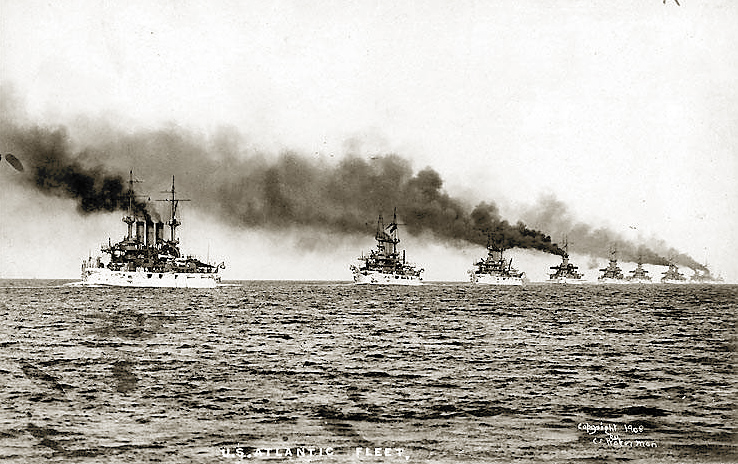16 December: Today in U.S. military history
1773: Disguised as Mohawk Indians, dozens of members of the underground revolutionary organization Sons of Liberty board three vessels loaded with tea tied up in Griffin’s Wharf. Over the next three hours, the patriots dump 350-lb. crates of tea, dubbed “the seeds of slavery,” into Boston Harbor. This incident leads the British Parliament to pass the Coercive Acts (or the “Intolerable Acts” as they were called in the American colonies), which fanned the flames of revolution even further.
Some of the more notable members of the Sons of Liberty include Samuel Adams (founder and cousin of future president John Adams), Benedict Arnold, Patrick Henry, and Paul Revere.
1907: 16 battleships depart Hampton Roads, Va. on the first leg of their circumnavigation of the globe. The “Great White Fleet,” so-named because the warships — all constructed after the Spanish-American War — were painted white, sail over 43,000 miles during their 14-month trip, which includes port calls on six continents.
1944: A massive German Army force — composed of SS Panzer (SS armored units), Volksgrenadier (infantry), Panzergrenadier (armored infantry), and Fallschirmjäger (paratroopers) — burst through the snow-covered Ardennes Forest and smash headlong into the weakest stretch of the Allied frontlines in Belgium.
The attack — which will become known as the Battle of the Bulge (because of the temporary bulging salient the German thrust will create in the Allied lines) — is a last ditch gamble on the part of the Germans, a surprise counteroffensive aimed at cutting American and British forces in half; crossing the Meuse River; encircling, isolating, and destroying Allied armies west of the Meuse; and perhaps reaching the North Sea.
It is not to be.
Despite the initial shock along a 60-to-70-mile front – and a 50-mile-deep penetration – German forces will quickly find themselves running up against giants of men like Gen. Anthony McAuliffe’s diehard paratroopers of the crack 101st Airborne Division, who – though surrounded, outnumbered, outgunned, freezing, and nearly starving to death – refuse to surrender the strategically vital highway hub at Bastogne.
The battle, which will last until Jan. 28, 1945, will prove to be the largest land battle in western Europe during World War II, and it will be a decisive American victory. But it will not be without heavy losses: 19,000 American soldiers will be killed out of 81,000 total U.S. casualties in five weeks.
